In the ongoing saga of the US-China trade conflict, the United States has unveiled yet another measure aimed at reshaping the global economic landscape. This time, the focus is on the maritime industry, with the US government announcing plans to impose new port fees on Chinese ships docking in American ports. The stated goal is to revive American shipbuilding and counter China’s dominance in the industry. However, this move is likely to further escalate trade tensions and could have far-reaching consequences for both nations and the global economy.
The US Plan and Its Objectives
The announcement, published in the Federal Register by the US Trade Representative (USTR), outlines a phased approach to imposing fees on Chinese-built and -owned ships based on their net tonnage or the goods they carry. These fees are set to be enforced in approximately 180 days and may be increased in the coming years. The plan represents a significant shift from earlier proposals in February, which suggested charging up to $1.5 million per port call for China-built ships. This initial proposal faced widespread backlash from the shipping industry, prompting a more measured approach.
US Trade Representative Jamieson Greer emphasized the strategic importance of the maritime industry, stating, “Ships and shipping are vital to American economic security and the free flow of commerce.” The Trump administration’s actions, according to Greer, are intended to “begin to reverse Chinese dominance, address threats to the US supply chain, and send a demand signal for US-built ships.”
China’s Response and Concerns
Beijing’s reaction to the US plan was swift and forceful. China’s commerce ministry expressed strong dissatisfaction and firm opposition, vowing to take necessary measures to safeguard its rights and interests. Ministry of Foreign Affairs spokesman Lin Jian criticized the move as harmful to both China and the US, noting that it would raise global shipping costs, disrupt industry stability, and increase inflationary pressures in the US. Lin argued that these measures would ultimately fail to revitalize the US shipbuilding industry, as they would harm American consumers and businesses.
The Economic Implications
The new port fees are set to be implemented in stages, with Chinese-owned and operated ships facing a charge of $50 per net ton starting October 14. This rate will increase by $30 per year over the next three years. Chinese-built ships owned by non-Chinese firms will be charged $18 per net ton, with annual increases of $5 over the same period. These levies add another layer of complexity to the already strained relationship between the world’s two largest economies.
The maritime industry is a critical component of global trade, and the imposition of these fees could have significant ripple effects. Increased shipping costs could lead to higher prices for consumers, affecting a wide range of goods that rely on maritime transport. Additionally, the disruption of supply chains could impact businesses across various sectors, potentially leading to reduced efficiency and increased operational costs.
The Broader Context of the US-China Trade War
This latest move by the US is part of a broader strategy aimed at addressing perceived imbalances in trade and industry dominance. President Donald Trump has pursued a sweeping trade war with China, arguing that it is necessary to bring manufacturing back to the United States. However, critics and many economists warn that such measures could trigger a global recession and lead to increased prices for consumers.
The US has already imposed tariffs on Chinese goods, raising duties to a combined 145% on a wide range of products. In response, Beijing has retaliated with tariffs of its own, imposing duties of up to 125% on US goods. This tit-for-tat approach has heightened tensions and created uncertainty in global markets.
The Path Forward: Negotiations and Potential Resolution
Despite the ongoing conflict, there are indications that both sides are open to dialogue. Trump has signaled a potential halt to further tariff hikes, noting that he does not want to reach a point where consumers are discouraged from buying. He has also expressed a desire to negotiate trade deals with every country, including China, and has stated that his administration is in talks with Chinese officials to work out a mutually beneficial agreement.
China, for its part, has indicated a willingness to engage in negotiations, emphasizing the need for respect, consistency, and reciprocity from the US. The path forward will likely involve continued discussions and a search for common ground, as both nations seek to balance their economic interests and avoid further escalation.
Navigating the Maritime Trade War
The imposition of port fees on Chinese ships is the latest chapter in the US-China trade conflict, reflecting the broader struggle for economic dominance and the desire to protect domestic industries. While the US aims to revitalize its shipbuilding sector and counter Chinese influence, the potential consequences of this move are significant. Increased shipping costs, disrupted supply chains, and heightened inflationary pressures are just a few of the challenges that lie ahead.
As both nations navigate this complex and delicate situation, the importance of dialogue and negotiation cannot be overstated. Finding a resolution that addresses the concerns of both parties while minimizing the impact on global trade and consumers will be crucial. The maritime industry, a linchpin of the global economy, hangs in the balance, and the decisions made in the coming months will shape its future for years to come.
In this era of economic uncertainty, the world watches closely as the US and China navigate the treacherous waters of the trade war. The stakes are high, and the outcome will have far-reaching implications for economies around the globe.

By Daniel Scott/Apr 21, 2025

By Laura Wilson/Apr 21, 2025
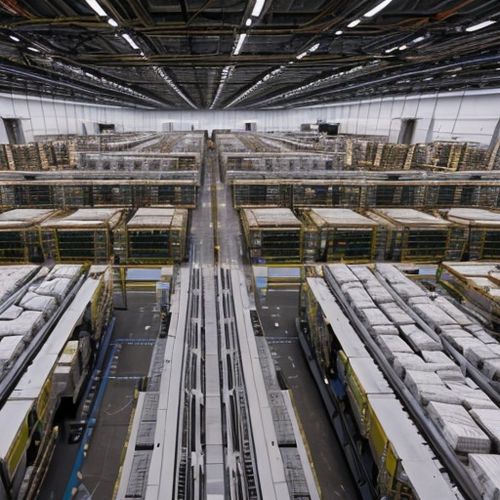
By Christopher Harris/Apr 21, 2025

By Emma Thompson/Apr 21, 2025
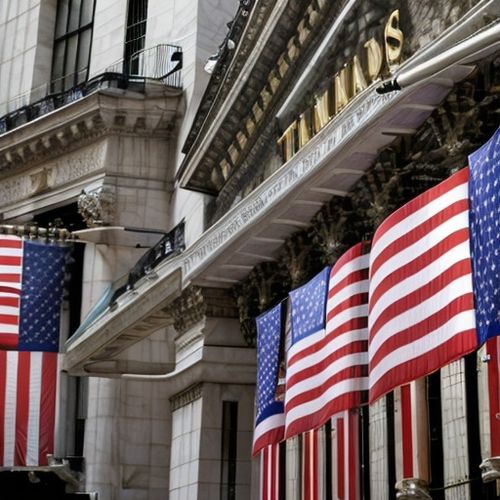
By Michael Brown/Apr 21, 2025
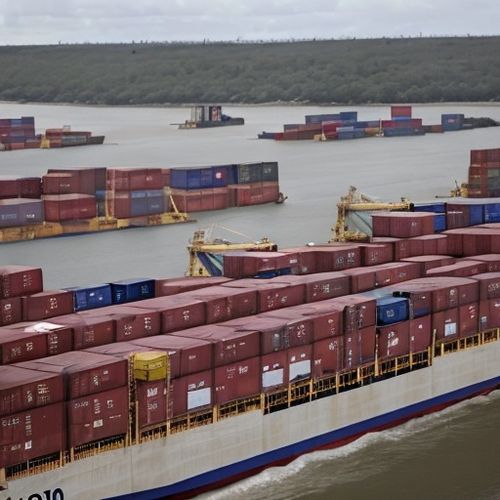
By Samuel Cooper/Apr 21, 2025
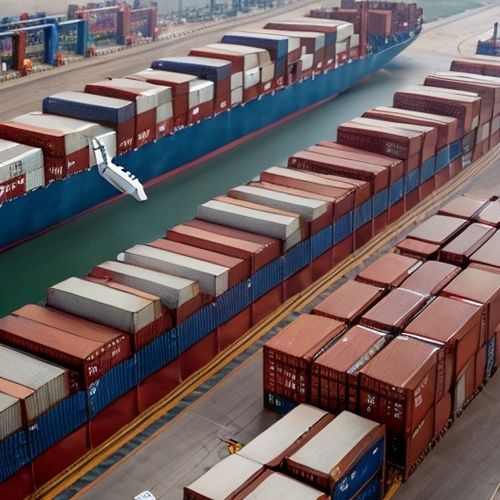
By Lily Simpson/Apr 21, 2025

By Megan Clark/Apr 21, 2025

By Elizabeth Taylor/Apr 21, 2025
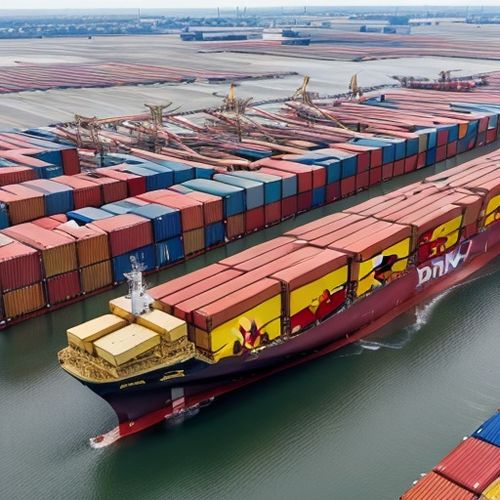
By Noah Bell/Apr 21, 2025

By William Miller/Apr 21, 2025
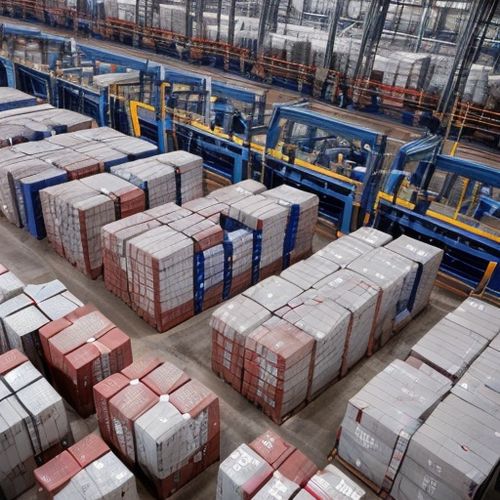
By Michael Brown/Apr 21, 2025
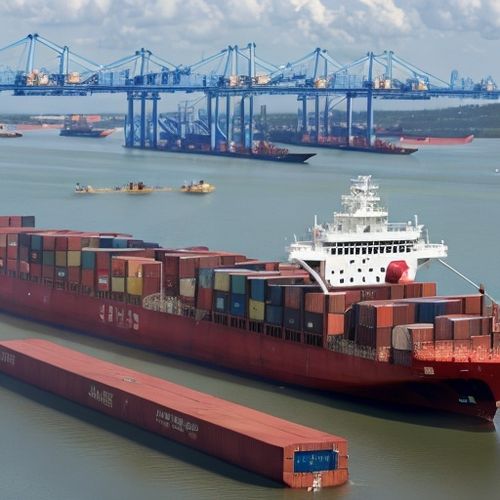
By Emily Johnson/Apr 21, 2025

By Natalie Campbell/Apr 21, 2025

By Grace Cox/Apr 21, 2025

By Lily Simpson/Apr 21, 2025
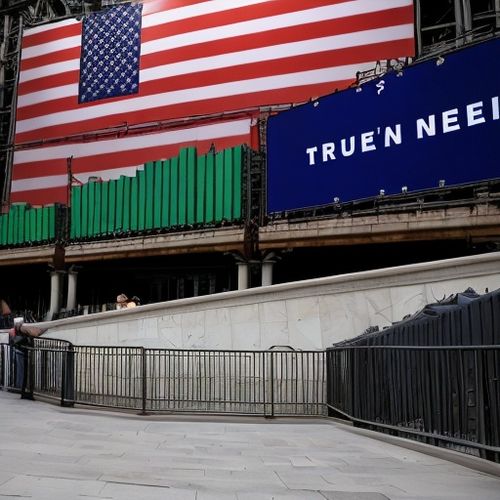
By Noah Bell/Apr 21, 2025
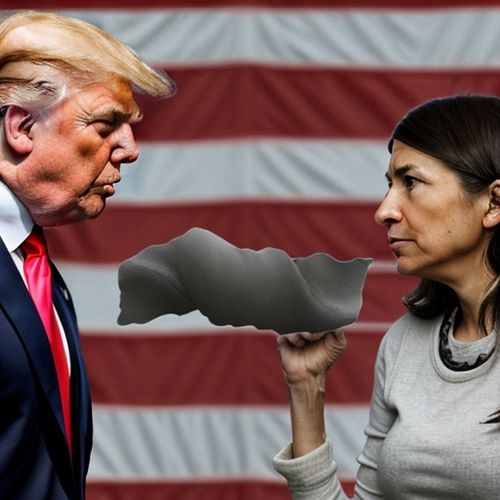
By Lily Simpson/Apr 21, 2025

By James Moore/Apr 21, 2025

By Daniel Scott/Apr 21, 2025